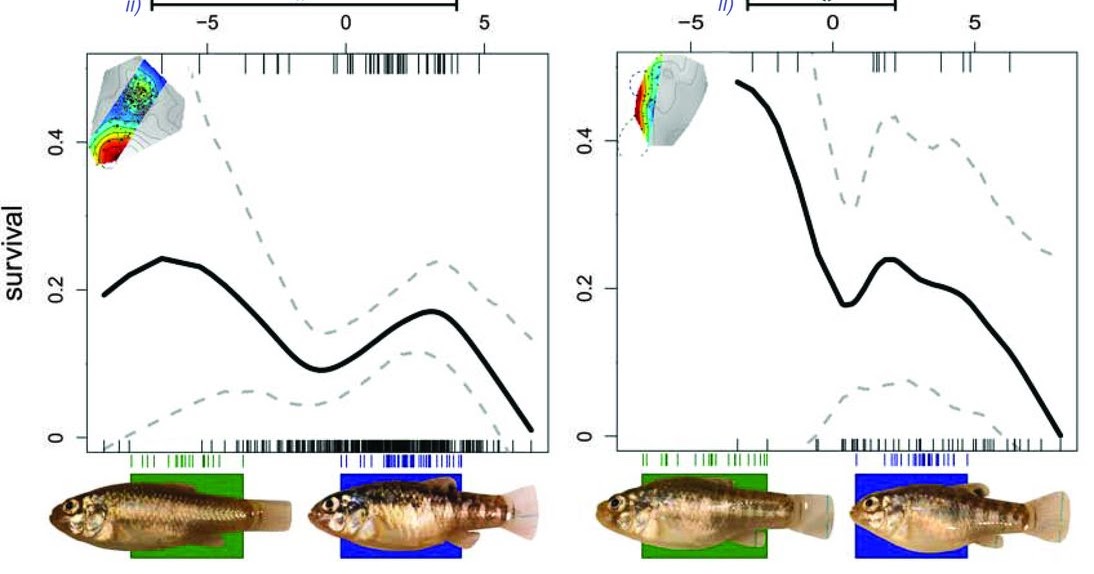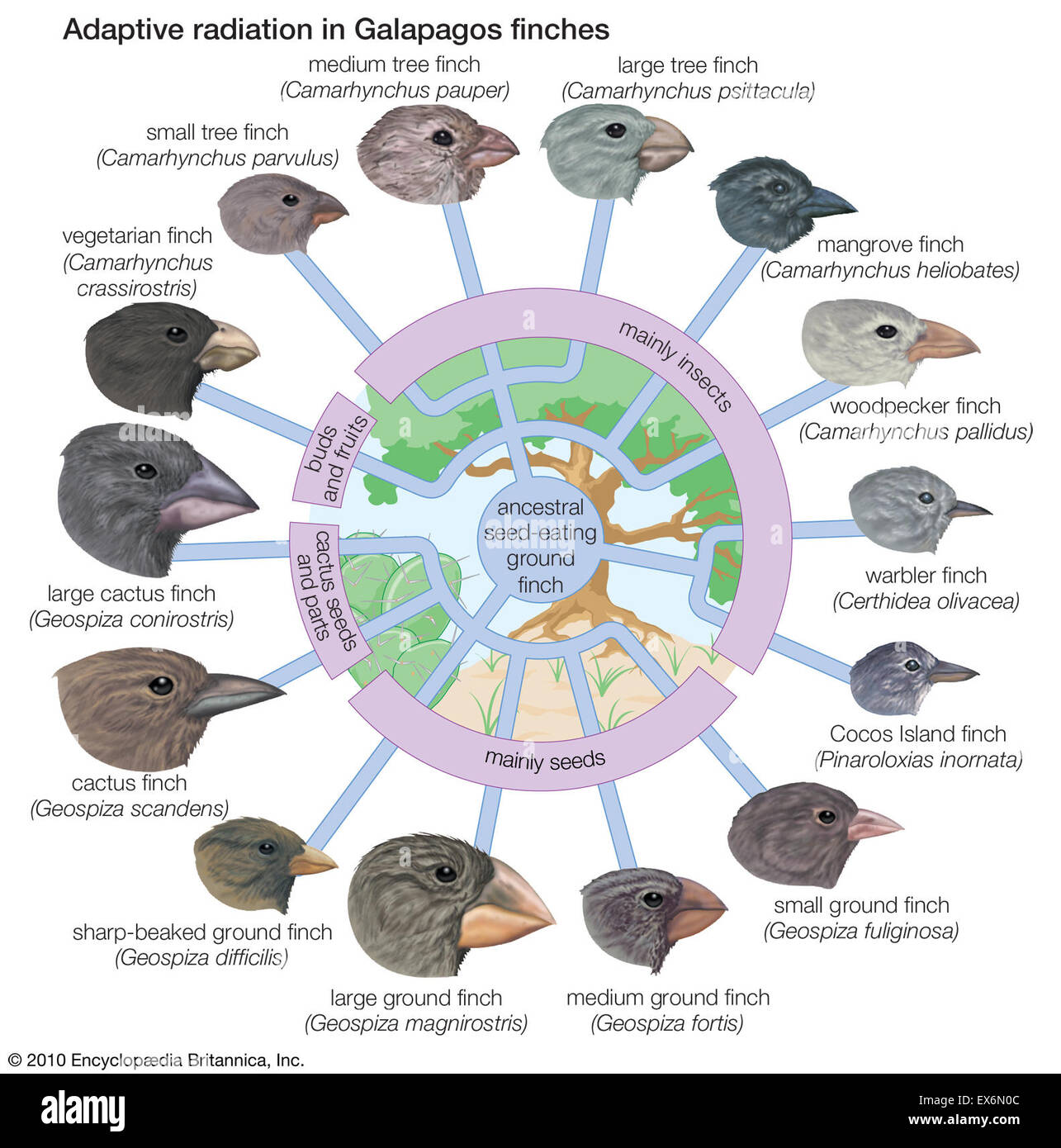

The cookie is used to store the user consent for the cookies in the category "Other. This cookie is set by GDPR Cookie Consent plugin. The cookies is used to store the user consent for the cookies in the category "Necessary". The cookie is set by GDPR cookie consent to record the user consent for the cookies in the category "Functional".

The cookie is used to store the user consent for the cookies in the category "Analytics". These cookies ensure basic functionalities and security features of the website, anonymously. Necessary cookies are absolutely essential for the website to function properly.
Principles of Inheritance and Variation. A fourteenth Darwin’s finch, found on isolated Cocos Island far north of the Galápagos archipelago, is similar in appearance to the Galápagos finches and almost certainly descended from the same ancestral stock.New Questions and Answers and Forum Categories Galápagos finches thus assumed the characteristics of mainland families as diverse and unfinchlike as warblers and woodpeckers. The finches underwent adaptive radiation, occupying habitats that on the mainland would have been denied to them by the presence of other species that are better able to exploit those habitats. Darwin’s finches descended from a single ancestral population that arrived from the mainland and subsequently colonized the different islands of the Galápagos archipelago. If the finches were specially created, it would require the strangest kind of coincidence for 13 similar kinds of finches to be created on the Galápagos Islands and nowhere else. Galápagos finches (the name “Darwin’s finches” was popularized in the 1940s by the British ornithologist David Lack) are closely related to each other, but each species differs from the others in size and shape of the beak and in feeding habits. The entire archipelago is isolated from the continent and each island is geographically isolated from the others by the sea moreover, each island is different from every other one in its physical, climatic, and biotic characteristics.Īlápagos finches clearly illustrate adaptive radiation on an oceanic archipelago (Figures 6-21 and 6-22). Archipelagoes, such as the Galápagos Islands, greatly increase opportunities for both founder events and ecological diversification. #ADAPTIVE RADIATION ISLAND FREE#
The founders encounter ideal situations for evolutionary diversification, because environmental resources that were heavily exploited by other species on the mainland are free for colonization on the sparsely populated island. They are gradually colonized by plants and animals from a continent or from other islands in separate founder events. Oceanic islands formed by volcanoes are initially devoid of life. Some of our best examples of adaptive radiation are associated with lakes and young islands, which are sources of new evolutionary opportunities for aquatic and terrestrial organisms, respectively. The production of ecologically diverse species from a common ancestral stock is called adaptive radiation. Ion Transport Across Biological Membranes.Continuity and Evolution of Animal Life.






 0 kommentar(er)
0 kommentar(er)
